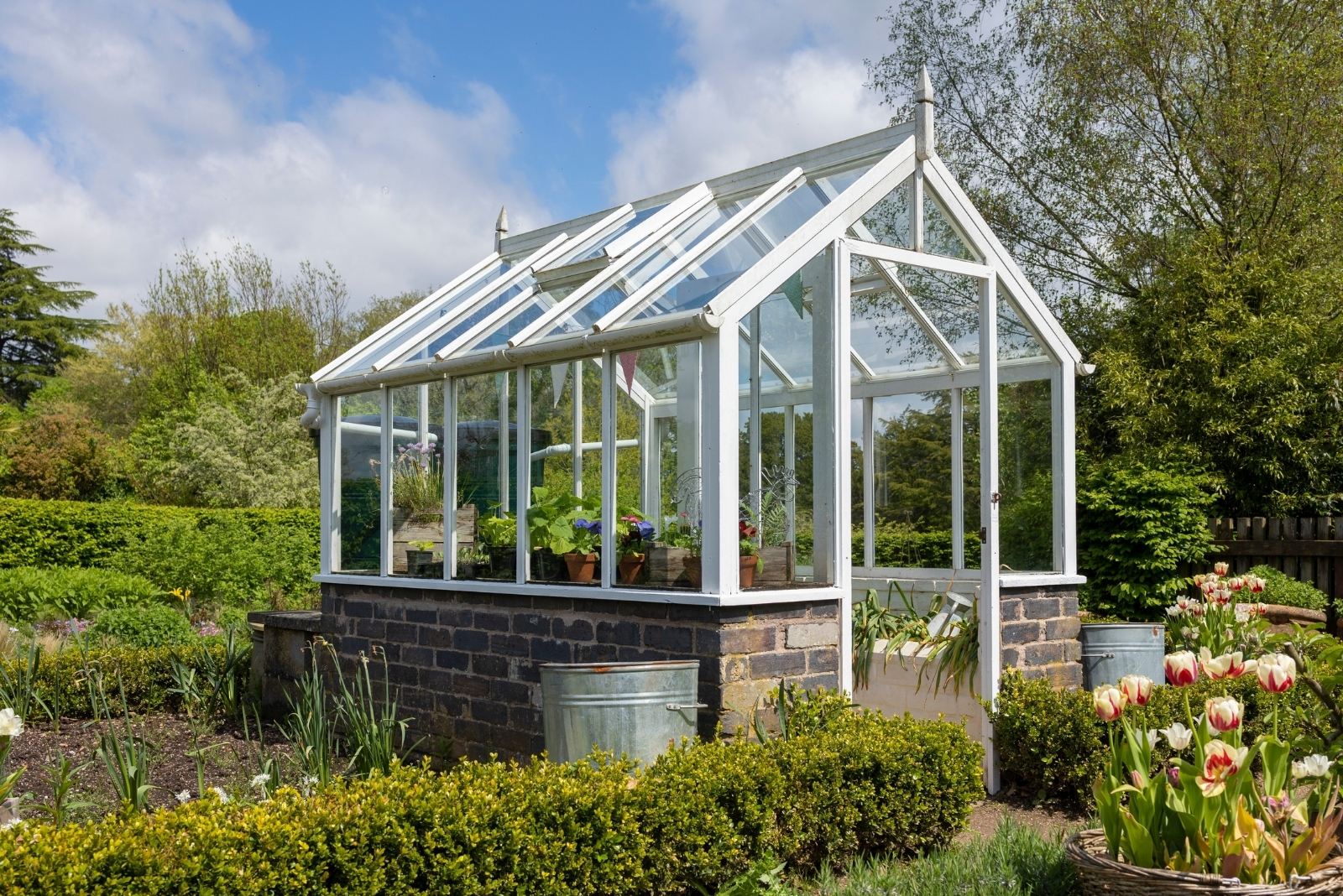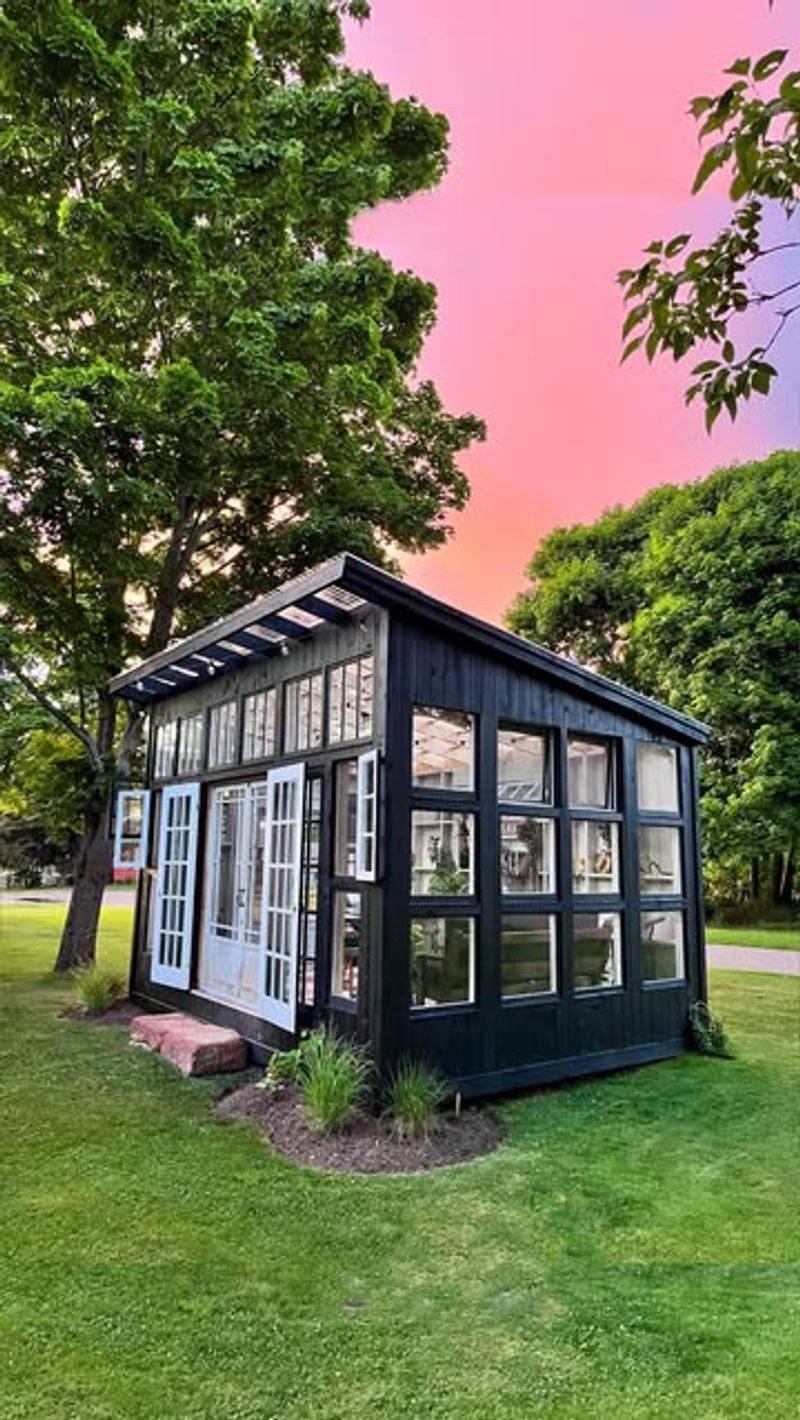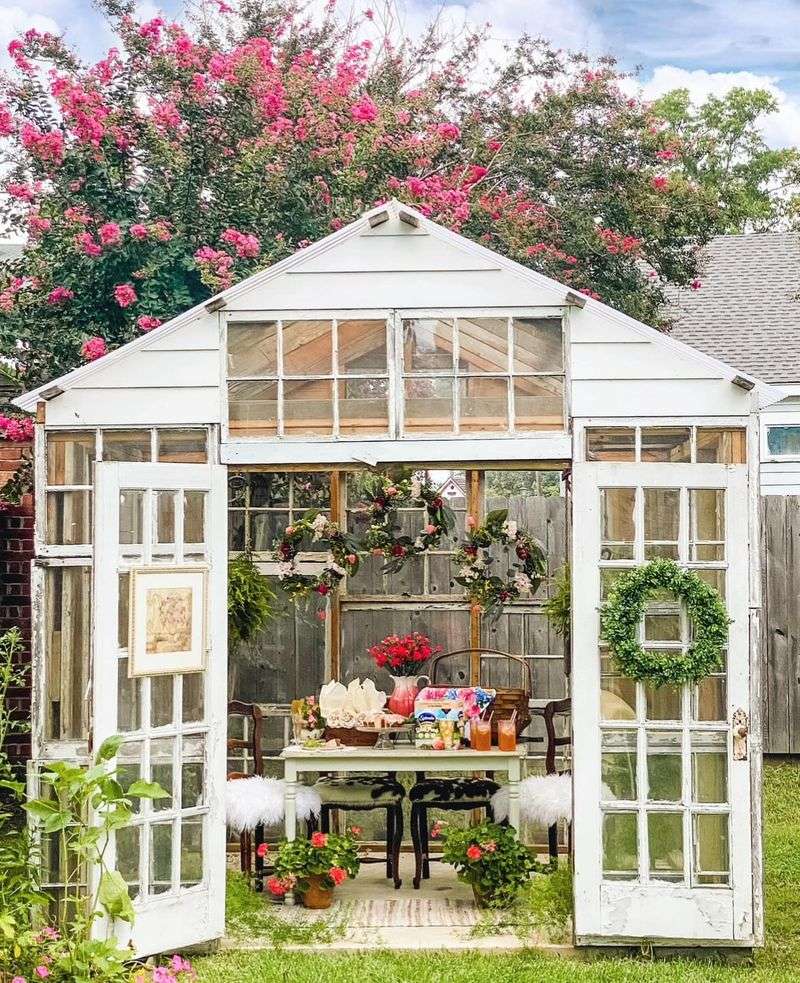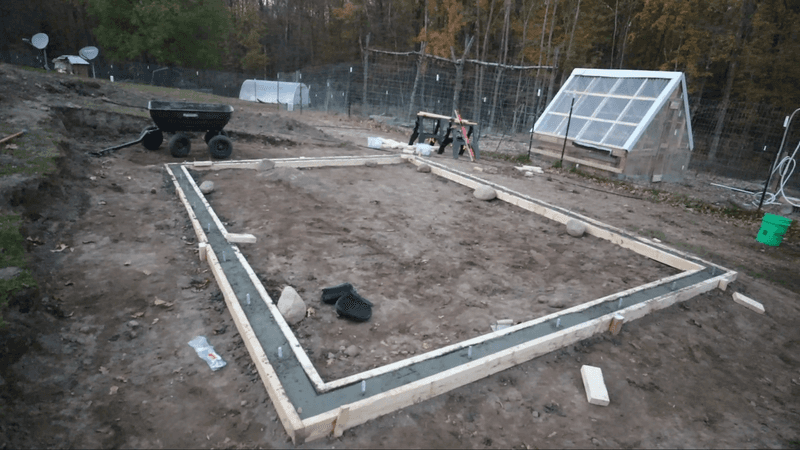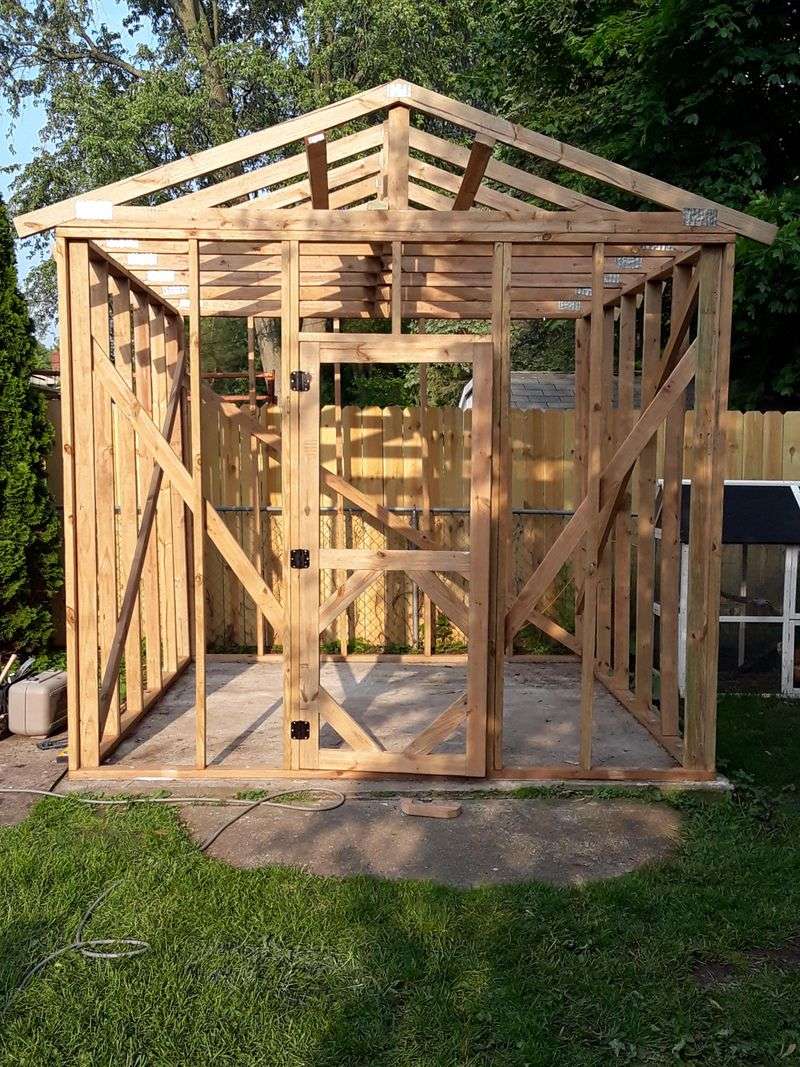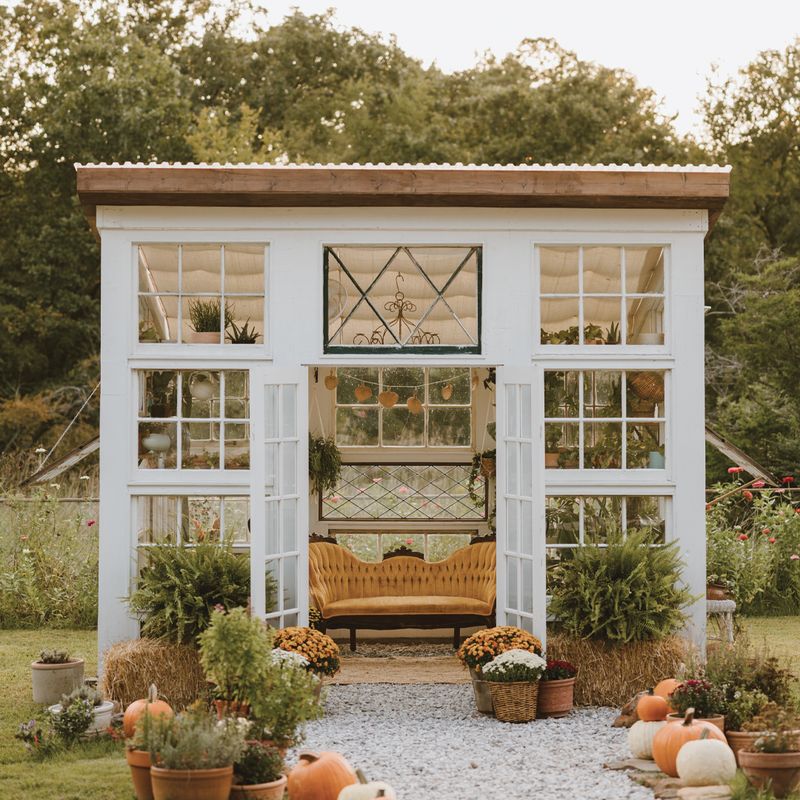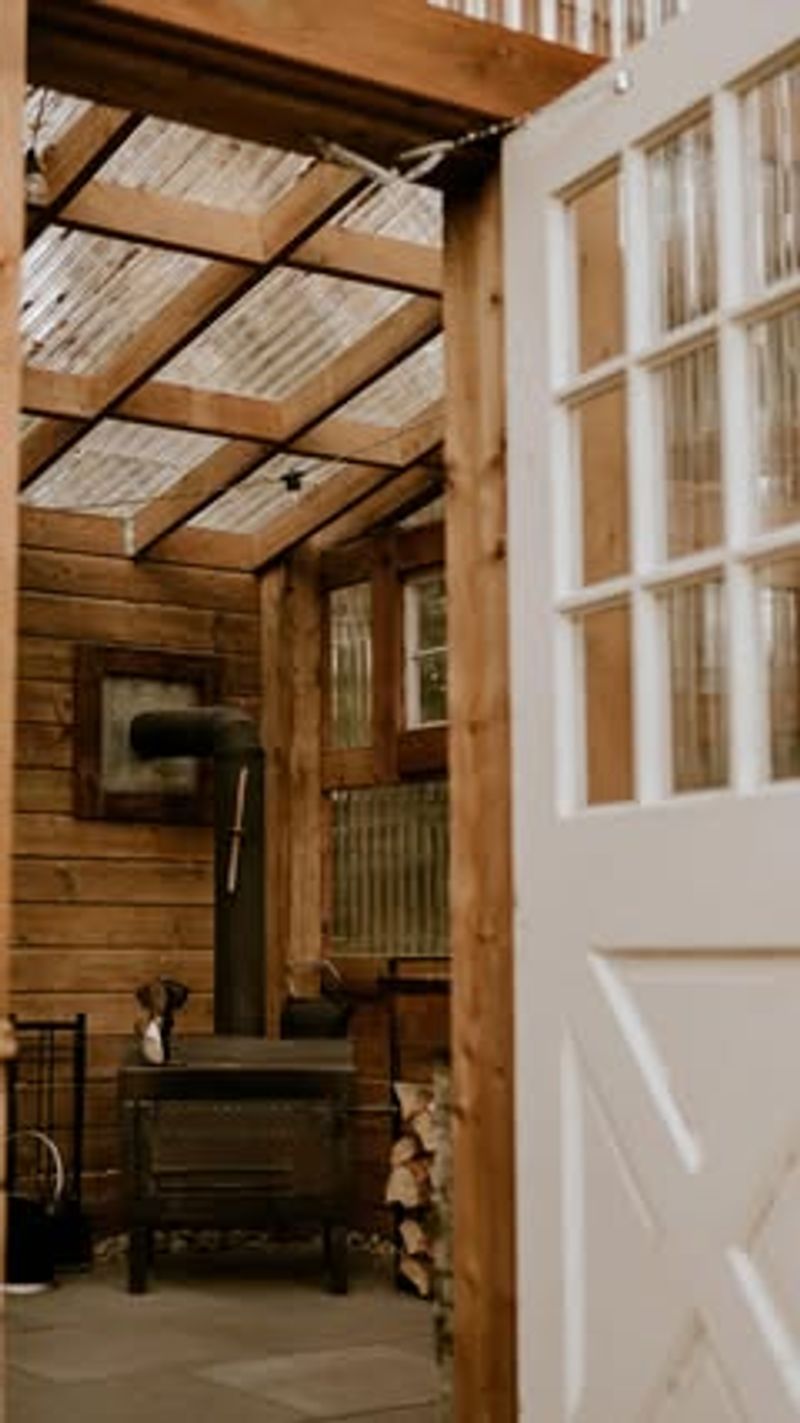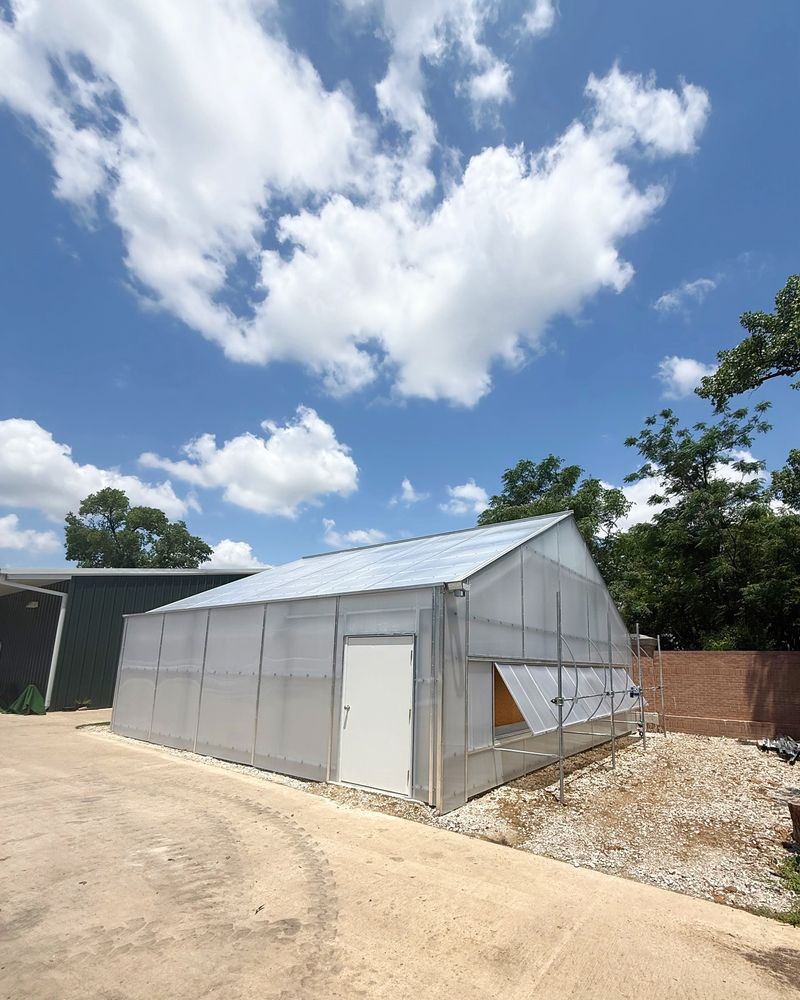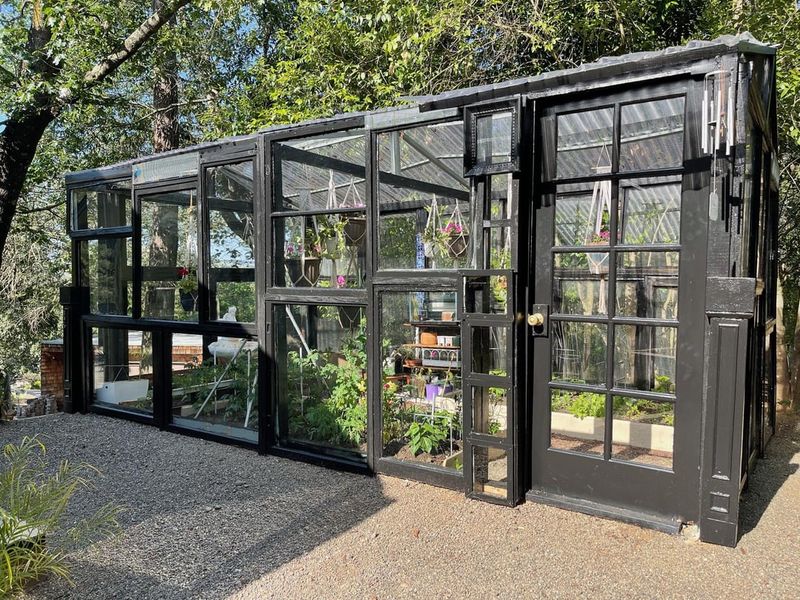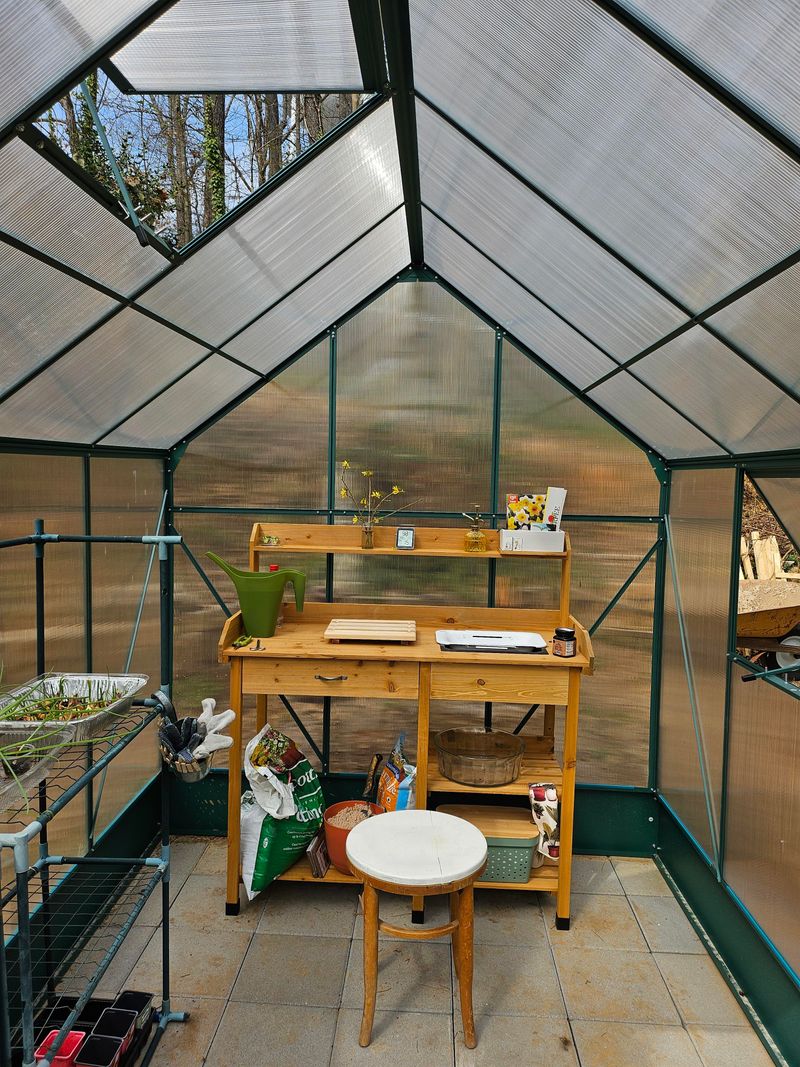Vermont winters can be harsh, but a greenhouse lets you keep gardening all year long. Using old windows is a clever, eco-friendly way to build one without breaking the bank.
I love the idea of repurposing materials while creating a bright, cozy space for plants to thrive. With some basic tools and a bit of patience, you can turn a pile of old windows into a charming, functional greenhouse.
It’s a rewarding project that keeps your garden growing, even in the coldest months.
1. Collect and Clean Your Windows
Start by gathering windows from yard sales, salvage yards, or renovation projects around Vermont. You’ll need enough to cover all sides and the roof of your planned structure.
Clean each window thoroughly with vinegar and water, removing old caulking and checking for cracks. Repair minor damage with silicone sealant, but set aside any severely damaged windows.
2. Design Your Greenhouse Layout
Grab paper and pencil to sketch your greenhouse dimensions based on available windows. Vermont gardeners often choose south-facing positioning to maximize winter sunlight exposure.
Measure each window and assign it a number on your plan. Consider adding a sloped roof for snow runoff and plan for at least one window that can open for ventilation during those warm summer days.
3. Build a Sturdy Foundation
Vermont’s freeze-thaw cycles demand a solid foundation. Create a level base using pressure-treated lumber for a raised floor or pour concrete footings at each corner.
Many Vermont gardeners opt for a gravel floor for drainage, with the frame secured to concrete blocks. Leave space for water lines if you plan to include irrigation in your greenhouse setup.
4. Construct the Frame
Use 2×4 pressure-treated lumber to build your frame according to your design. Vermont builders often reinforce corners with metal brackets to withstand heavy snow loads.
Create openings sized precisely for each window, allowing for proper sealing later. Remember that Vermont’s climate requires extra bracing for those inevitable nor’easters and heavy snowfalls that challenge structures throughout winter.
5. Install the Windows
Mount windows using exterior screws and weatherproof silicone caulk. Vermont’s temperature fluctuations make proper sealing crucial to prevent drafts and moisture problems.
Start with the largest windows on the south-facing wall to maximize solar gain during short winter days. In Vermont’s climate, proper installation prevents heat loss and protects tender plants from freezing temperatures.
6. Create a Functional Door
Fashion a door from matching windows attached to a wooden frame. Vermont gardeners often add extra insulation to doors since they’re a common source of heat loss.
Install quality hinges and a latch that won’t freeze shut during Vermont’s frigid winters. Consider adding weather stripping and a threshold to keep the bitter cold air out and protect your plants.
7. Add Roof Ventilation
Install at least one hinged roof window that can open for air circulation. Vermont summers can make greenhouses surprisingly hot, even after chilly spring mornings.
Create a simple pulley system with rope and a hook to operate high windows from ground level. Smart Vermont gardeners add automatic vent openers that use heat-sensitive hydraulics to prevent plant-damaging temperature spikes.
8. Seal and Weatherproof
Apply additional silicone caulk to every seam inside and out. Vermont’s dramatic temperature swings make thorough weatherproofing essential for maintaining growing conditions.
Check for drafts by holding a lit incense stick near seams on windy days. Many Vermont greenhouse enthusiasts add a layer of clear plastic inside during winter months for extra insulation against those famous 20-below nights.
9. Install Interior Shelving
Build tiered wooden shelves along the north wall to maximize growing space. Vermont gardeners often use cedar for its natural rot resistance in humid greenhouse environments.
Leave room for taller plants on the floor and consider hanging baskets from the ceiling. Smart planning means you can start seedlings in February while snow still blankets the Vermont landscape outside.

